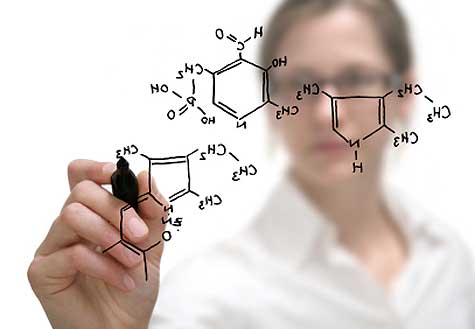A team of Trinity scientists, led by Assistant Professor in Immunology Dr Nigel Stevenson, have discovered a new property of the STAT3 molecule. Previously only known for its importance as a biomolecule fundamental to cell growth, the Trinity team have now found the molecule to be essential in fighting viral infections. The role of STAT3 is so vital to the immune response that it has been found that cells cannot fight the common flu virus or the pox vaccinia without it.
The possible medical implications of this discovery, published in the Cellular and Molecular Life Sciences journal, could revolutionise the treatment of viral infections, allowing the development of new therapies which would fight against the growing trend of viral strains developing methods of bypassing our immune response. This research shines a light on how our immune system responds to viral attack, furthering our understanding of how viruses target the immune system. During an infection our immune system produces interferon, a protein which interferes with the activity of viruses and prevents them from replicating and destroying cells in our bodies. When our cells are stimulated by interferon, a cascade of molecules within our cells is activated. When the final one in the cascade falls, the last effector molecule clears the viral infection.
This cascade of molecules is called a signalling pathway as it passes the ‘danger signal’ of the viral infection through the cell triggering the immune response. This signalling pathway initiates the production of several hundred immune molecules that act to destroy viruses and increase our immunity against them in the case of a future infection of the same virus.
However, many viruses are not cleared by our signalling pathway resulting in potentially serious illnesses. Immunologists at Trinity researching this phenomenon have concluded that viruses have evolved several methods of inhibiting these signalling pathways and thus blocking responses to interferon, which according to Dr Stevenson explains “why several viruses are so troublesome to defeat”. Dr Stevenson and his team have also discovered that a handful of viruses, including Hepatitis C Virus (HCV) and Respiratory Syncytial Virus (RSV), specifically target the intercom signalling pathway which prevents them from being naturally cured by our immune system.
Dr Stevenson said of the research: “For decades we have known that STAT3 is essential for healthy cell growth, but our new revelation identifies it for the first time as an essential component in the Interferon Signalling pathway.” He continues: “the major goal of [their] ongoing work is to find the solutions to the real world problems faced by the thousands of people who cannot clear certain viruses after they have been infected. This discovery opens the door to new therapeutic options, which we hope will be able to help restore people their natural immunity against a host of problematic viruses.”







